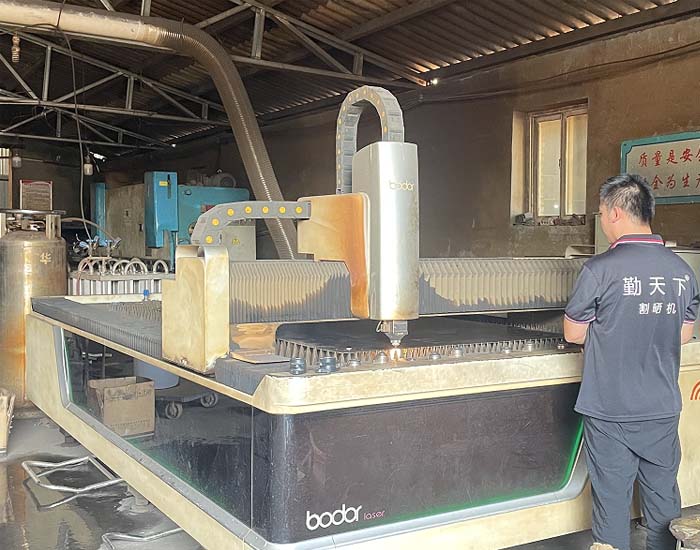paddy reaper type
The Evolution and Importance of Paddy Reaper Types in Agriculture
Agriculture has long been the backbone of many economies around the world, with rice being one of the most important staple foods for billions of people. The cultivation of rice is labor-intensive, particularly during the harvest period. Traditionally, this process involved extensive manual labor, making it time-consuming and challenging. However, advancements in agricultural technology have led to the development of various paddy reaper types, which have revolutionized rice harvesting practices. This article discusses the evolution, types, and significance of paddy reapers in modern agriculture.
The Evolution of Paddy Reapers
The history of paddy reapers traces back to the early 19th century when farmers began to seek ways to reduce the labor associated with harvest time. Initially, manual harvesting was the norm, utilizing simple tools such as sickles and knives. However, as the demand for rice increased with population growth, there was a pressing need to adopt more efficient methods.
In the mid-20th century, the agricultural sector saw significant innovations, particularly with the introduction of mechanized equipment. The first prototypes of paddy reapers were developed, combining cutting mechanisms with motorized power. These machines allowed farmers to harvest large quantities of rice more quickly and with less physical labor. Over the years, paddy reapers have become increasingly sophisticated, incorporating advanced technology and improved engineering to enhance efficiency and effectiveness.
Types of Paddy Reapers
Paddy reapers come in various types, each designed to meet different agricultural needs and practices
. Here are some of the most common types1. Manual Paddy Reapers These simple machines are operated by hand and are suitable for small-scale farmers. They consist of cutting blades attached to a lightweight frame, allowing farmers to reap rice with less effort than traditional manual methods.
2. Walk-behind Reapers These are compact, machine-operated reapers that can be maneuvered by a single operator. They are ideal for small to medium-sized farms and are particularly popular in regions where labor shortages are common.
3. Riding Reapers Riding paddy reapers are larger machines that can accommodate one or more operators. These machines are capable of covering larger areas quickly and effectively, making them suitable for medium to large-scale agriculture.
paddy reaper type

4. Combine Harvesters This is the most advanced type of harvesting equipment that combines reaping, threshing, and winnowing into a single process. Harvester-threshers can efficiently harvest vast fields of rice in a short period, significantly reducing the time and labor required for the task. Although they have a higher initial cost, their efficiency often makes them a worthwhile investment for larger operations.
5. Self-Propelled Harvesters These are sophisticated machines equipped with advanced technologies such as GPS and automated steering systems. They are designed for large-scale farming and offer features like real-time monitoring of harvest progress, ensuring optimal performance and yield.
Significance of Paddy Reapers in Modern Agriculture
The introduction of paddy reapers has had a profound impact on agricultural productivity and food security. Here are some key benefits
- Labor Savings By automating the harvesting process, paddy reapers minimize the reliance on manual labor, which has become increasingly difficult to source in many regions.
- Increased Efficiency Modern paddy reapers can harvest rice at a much faster rate than manual methods, allowing farmers to complete their harvest in a shorter timeframe and reducing the risk of crop losses due to environmental factors.
- Improved Crop Quality Mechanized harvesting typically minimizes damage to the rice plants, helping to ensure better quality grains with higher market value.
- Economic Growth The efficiency and effectiveness of paddy reapers contribute to a more productive agricultural sector, fostering economic growth and improved livelihoods for farmers and communities.
In conclusion, paddy reaper types have played an essential role in transforming rice harvesting from a labor-intensive chore into a more efficient, mechanized process. As agriculture continues to evolve, the reliance on advanced technologies like paddy reapers will only grow, ensuring that food production keeps pace with global demand. Embracing these advancements is crucial for the future of rice cultivation and food security worldwide.
Latest news
-
When to Upgrade Your Old Forage HarvesterNewsJun.05,2025
-
One Forage Harvester for All Your NeedsNewsJun.05,2025
-
Mastering the Grass Reaper MachineNewsJun.05,2025
-
How Small Farms Make Full Use of Wheat ReaperNewsJun.05,2025
-
Harvesting Wheat the Easy Way: Use a Mini Tractor ReaperNewsJun.05,2025
-
Growing Demand for the Mini Tractor Reaper in AsiaNewsJun.05,2025







